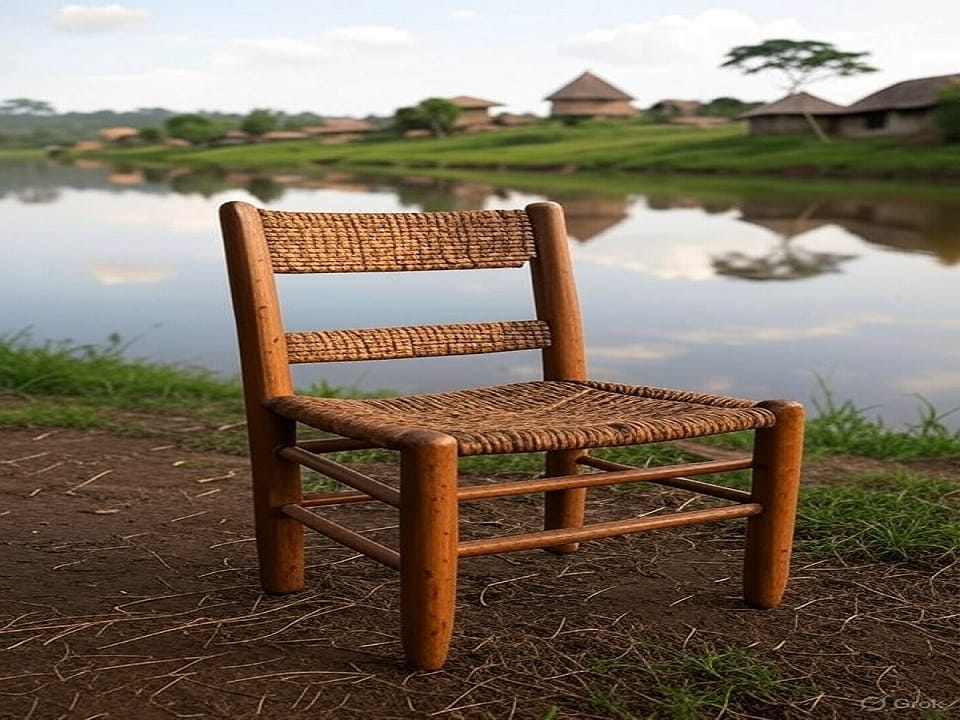🇰🇪 KENYAN PEOPLES’ RESPONSES TO BRITISH INVASION 🇬🇧
📚 Historical Overview: The British invasion and subsequent colonization of Kenya (late 19th to early 20th century) met with diverse responses from indigenous communities. These responses ranged from fierce armed resistance to strategic collaboration, each driven by unique circumstances, traditional rivalries, and survival strategies. Understanding these varied responses provides crucial insight into the complexity of colonial encounters in East Africa.
⚔️ COMMUNITIES THAT RESISTED BRITISH OCCUPATION
🛡️ THE NANDI
Fierce warriors known for their prolonged resistance (1895-1906)
🏹 THE GIRIAMA (AGIRIAMA)
Coastal community led by Mekatilili wa Menza (1913-1914)
⚡ THE BUKUSU
Known as “Kitosh” (the terrible ones) for their ruthless warfare
🐪 THE SOMALI
Pastoralist communities defending their traditional territories
🏔️ SECTIONS OF THE AGIKUYU
Central Kenya communities protecting their highland territories
🔥 THE NANDI RESISTANCE (1895-1906)
👑 Key Leader: Koitalel Arap Samoei
⚡ Reasons for Nandi Resistance:
- Military Pride: The Nandi had gained significant pride from subduing neighboring communities like the Luo
- Economic Interests: Fear of losing control over their lucrative cattle raiding activities
- Territorial Defense: Determination to protect their ancestral lands from foreign occupation
- Cultural Preservation: Resistance to forced changes in their traditional way of life
- Religious Motivation: Belief in their orkoiyot’s prophecies about resisting foreign invaders
- Strategic Position: Control of important trade routes that the British wanted to secure
Active Military Resistance
The Nandi conducted guerrilla warfare against British forces, disrupting the construction of the Uganda Railway and attacking colonial outposts.
Assassination of Koitalel
British forces treacherously killed Koitalel Arap Samoei during supposed peace negotiations, effectively ending organized Nandi resistance.
🌊 THE GIRIAMA RESISTANCE (1913-1914)
👸 Key Leader: Mekatilili wa Menza
⚡ Reasons for Giriama Resistance:
- Forced Labor Opposition: Sought to prevent any Giriama laborers from being employed by the colonial authorities
- Economic Protection: Ensuring Giriama people remained in their territory to contribute to community well-being
- Cultural Preservation: Resistance to British interference in traditional customs and practices
- Land Rights: Protection of ancestral coastal territories from colonial appropriation
- Religious Freedom: Opposition to forced conversion to Christianity
⚡ THE BUKUSU RESISTANCE
The Bukusu warriors were ruthless and decisive in battlefields, earning them the nickname “Kitosh” meaning “the terrible ones” from their enemies. Their resistance was characterized by:
- Warrior Tradition: Strong military culture that made them formidable opponents
- Territorial Defense: Protection of their fertile lands in Western Kenya
- Independence: Refusal to submit to foreign authority
- Strategic Warfare: Use of guerrilla tactics against British forces
🤝 COMMUNITIES THAT COLLABORATED WITH THE BRITISH
🐄 THE MAASAI
Pastoralist community led by Lenana who sought British protection
👑 THE WANGA
Kingdom led by Nabongo Mumia seeking to expand influence
🐄 THE MAASAI COLLABORATION
👑 Key Leader: Lenana
🤝 Reasons for Maasai Collaboration:
- Military Assistance: To receive military assistance against their rivals and to protect their grazing lands
- Protection from Enemies: Sought British help against traditional enemies like the Nandi
- Internal Conflicts: Civil wars had weakened Maasai military capacity
- Cattle Disease: Rinderpest epidemic had devastated their livestock, requiring external support
- Strategic Alliance: Belief that cooperation would secure better treatment
📋 Consequences of Maasai Collaboration:
- Land Loss: Gradual loss of traditional grazing territories to white settlers
- Restricted Movement: Confinement to designated reserves
- Cultural Disruption: Could no longer carry out their customs of cross breeding with their Samburu neighbours
- Military Service: Some Maasai were hired as mercenaries against the resisting communities such as the Nandi and Agikuyu
👑 THE WANGA COLLABORATION
👑 Key Leader: Nabongo Mumia (1880-1949)
🤝 Reasons for Wanga Collaboration:
- Political Ambition: Hoped of being made the paramount chief not only of the Wanga but for the entire Western region
- Protection from Enemies: Sought help against its traditional enemies such as the Luo of Ugenya, the Nandi and the Bukusu
- Territorial Expansion: Desired to expand Wanga kingdom boundaries
- Military Modernization: Wanted to get modern arms to their warriors
- Western Civilization: Wanted his people to benefit from British Western civilization, particularly education and Christianity
- Economic Opportunities: Saw potential benefits from trade relationships with the British
🌍 HISTORICAL IMPACT AND LEGACY
⚔️ The resistance movements demonstrated the courage and determination of Kenyan communities to defend their sovereignty, while collaboration strategies showed the complex calculations communities made for survival and advantage in changing circumstances. 🤝
📊 FACTORS INFLUENCING DIFFERENT RESPONSES
🏛️ Traditional Governance Structures
Communities with strong centralized leadership (like the Wanga) were more likely to make strategic collaborative decisions, while decentralized societies often mounted localized resistance.
🗡️ Military Capabilities
Communities with strong warrior traditions (Nandi, Bukusu) were more inclined to resist, while those weakened by internal conflicts or natural disasters were more likely to seek British protection.
🌍 Geographical Position
Communities along important trade routes or strategic locations faced more intense British pressure and had to make critical decisions about resistance or collaboration.
🤝 Traditional Rivalries
Long-standing inter-community conflicts influenced decisions, with some groups collaborating to gain advantages over traditional enemies.
🎯 CONCLUSION
The responses of Kenyan communities to British invasion were complex and strategic, reflecting the diverse circumstances, cultures, and challenges each community faced. Neither resistance nor collaboration was simply about accepting or rejecting foreign rule – both were calculated responses to preserve community interests, survival, and identity in the face of overwhelming colonial pressure. These varied responses ultimately shaped the trajectory of Kenya’s colonial experience and continue to influence the country’s historical memory and national identity.

